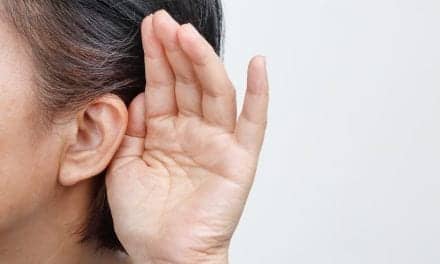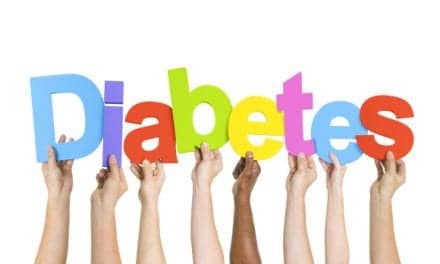George Frye was happily working at Tektronix on high-speed sampling oscilloscopes in 1970 when his hearing-impaired mom needed some help. “Her old Zenith hearing aid was getting a little cranky, ” says Frye. She took him up on an offer to build her one. “Transistors had just come onto the market, so I believed I could build it using transistors.”
Although it turned out to be a little more complicated than he anticipated, Frye persisted and eventually succeeded. Such stories often lead to a better product that the rest of the world wants. But, in this case, there was a twist. It wasn’t just a better hearing aid that brought Frye worldwide recognition, but the subsequent FONIX hearing aid analyzer he built to display the superior qualities of his hearing aid. Today, Frye Electronics FONIX hearing aid analyzers are used by nearly everyone manufacturing the medical devices. That success came about by listening to potential customers.
“I marketed the hearing aid with a trade booth at a conference in California, emphasizing its electroacoustic qualities. I made an analyzer to show its frequency response, maximum power output, and distortion,” says Frye. But the attendees were much more interested in the analyzer than the hearing aid. It was an open market for Frye. In 1973 he incorporated his company, Frye Electronics, to produce and market it.
CHANGING SPEEDS
The transition from working on oscilloscope projects at nanosecond domains to the millisecond time domains used in hearing aids was easy for Frye. They both involved waves. Since radio waves travel in space at one foot in a nanosecond and sound travels at about one foot in a millisecond, the two events “scale beautifully,” says Frye. “You can predict how a soundwave behaves by thinking of radio frequency wave transmission. I felt right at home.”
That first analyzer was very simple. It had two control knobs—one for frequency, one for amplitude. “That’s all you had, but it gave an automatic readout of amplitude and harmonic distortion," he says. "As time went on, we introduced a microprocessor to run it (1975). The personal computer industry had not really started yet, but we were using them. In those days, it was a 4-bit microprocessor. Now you are looking at 64-bit microprocessors.”
In 1977, Frye’s company benefited when the FDA took over regulation of medical devices. “They really went after the hearing aid field," Frye says. "They wanted the devices tested like never before. Some tests got quite complicated. The use of the microprocessor let us automate hearing aid testing. It allowed the hearing aid manufacturer to produce a product at much less cost.”
INFLUENCERS
Two major influencers on Frye’s life were Sam Lybarger and Norris Nahman. The latter headed the National Security Agency’s Project Jayhawk, an electronics research laboratory at the University of Kansas.
“He taught me to cut out the BS, be very straightforward, try to make what you say understandable, which directly transfers to hearing aids—you have to be very clear," Frye says. "He was a hard worker with very good ideas.”
Frye met Lybarger at American National Standard Institute (ANSI) work group meetings. Lybarger headed the hearing aid working group on acoustics. There they’d often discuss and compare measurement goals and ideas.
“I remember when I showed him our design for a microphone coupler for our analyzer," Frye says. "He said, ‘You have a problem.’ I was using a standard seal, but he said the seal had a virtual leak, which would produce a frequency response error. So, I made corrections to the coupler design. He was very fussy, very exacting, and I appreciated that.”
A CARPENTER AND BICYCLIST
At 76, Frye splits his time among his company, his family, and his hobbies: carpentry and bicycling. “I am now doing some interesting stuff with a CNC router," he says. "It’s fun on the side. I learned early that after working on electronic stuff all day I didn’t want to come home and do more electronics.”
Sit still he doesn’t. This fall, he participated in the 350-mile Cycle Oregon. It’s 7 days of bicycling. “We ride our bikes through different sections of Oregon. It’s entertainment, it’s terrific food, and it’s camaraderie,” he says. It also raises some funds to help out the small communities the bicyclists ride through. “It’s a lot of fun.”
Frye is scheduled to receive the Lifetime Achievement Award from NASED during the upcoming AAA conference in Dallas..
[Source: Electronic Design]




